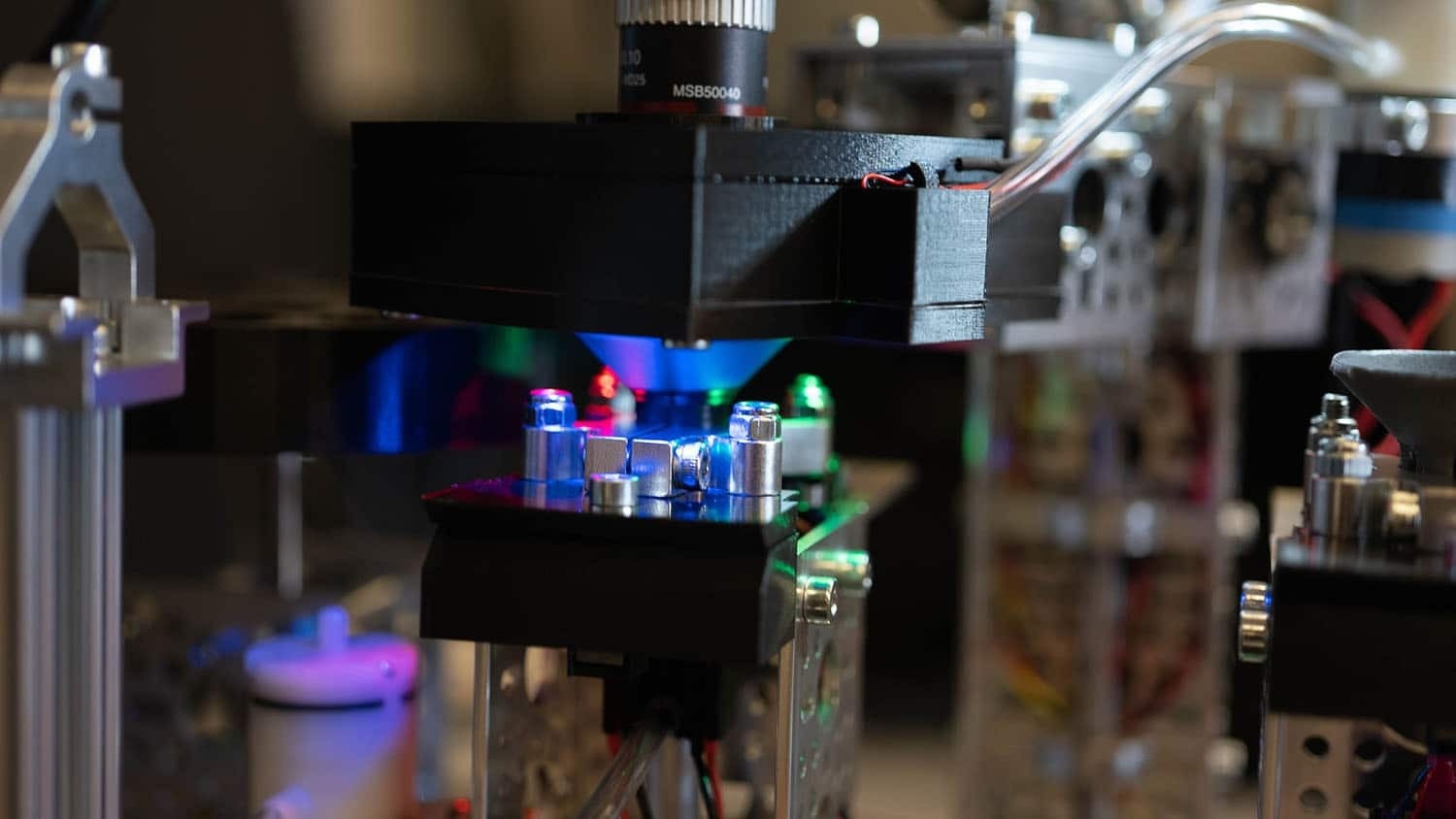A robot capable of classifying, interacting with, and identifying microscopic marine fossils has been created and demonstrated by researchers. With the help of this new technology, a laborious process that is essential to improving the knowledge of the oceans and climate, both now and in prehistoric times, can be automated.
 Close-up image of part of a Forabot. Image Credit: North Carolina State University
Close-up image of part of a Forabot. Image Credit: North Carolina State University
The beauty of this technology is that it is made using relatively inexpensive off-the-shelf components, and we are making both the designs and the artificial intelligence software open source. Our goal is to make this tool widely accessible, so that it can be used by as many researchers as possible to advance our understanding of oceans, biodiversity and climate.
Edgar Lobaton, Study Co-Author and Associate Professor, Electrical and Computer Engineering, North Carolina State University
The technology, known as Forabot, utilizes robotics and artificial intelligence to physically try to influence the remains of organisms known as foraminifera, or forams, to isolate, image, and identify those remains.
Protists known as forams have existed in our oceans for more than 100 million years and are neither plants nor animals. Forams leave behind their minuscule shells, which are typically less than a millimeter wide when they die.
Scientists can learn more about the characteristics of the oceans that existed when the forams were alive due to these shells. For instance, different foram species thrive in various ocean environments, and chemical measurements can provide information to scientists about the chemistry of the ocean in addition to the temperature at the time the shell was forming.
However, analyzing foram fossils and shells takes a lot of time and effort. To automate the procedure, a group of engineering and paleoceanography specialists created Forabot.
Lobaton added, “At this point, Forabot is capable of identifying six different types of foram, and processing 27 forams per hour—but it never gets bored and it never gets tired. This is a proof-of-concept prototype, so we will be expanding the number of foram species it is able to identify. And we are optimistic we will also be able to improve the number of forams it can process per hour.”
Also, at this point, the Forabot has an accuracy rate of 79% for identifying forams, which is better than most trained humans.
Edgar Lobaton, Study Co-Author and Associate Professor, Electrical and Computer Engineering, North Carolina State University
Tom Marchitto, study Co-Author and a Professor of Geological Sciences at the University of Colorado, Boulder added, “Once Forabot has been optimized, it will be a valuable piece of research equipment, allowing student ‘foram pickers’ to better spend their time learning more advanced skills. By using community-sourced taxonomic knowledge to train the robot, we can also improve uniformity of foram identification across research groups.”
Forabot functions as follows. A sample of hundreds of forams must first be washed and sieved by users. Users are left with what appears to be a pile of sand as a result. The isolation tower is a container that is used to hold the forams sample.
The sample is then lifted through the sample by a needle at the base of the isolation tower, where it is then removed from the tower by suction.
The imaging tower is a separate container home to an automated, high-resolution camera that takes numerous images of the foram after the suction pulls it there. The foram is once more raised by a needle after the images are captured so that it can be picked up by suction and placed in the appropriate container in a sorting station.
“The idea is that our AI can use the images to identify what type of foram it is, and sort it accordingly. We are publishing in an open-source journal, and are including the blueprints and AI software in the supplementary materials to that paper. Hopefully, people will make use of it. The next step for us is to expand the types of forams the system can identify, and work on optimizing the operational speed,” Lobaton further stated.
“Forabot: Automated Planktic Foraminifera Isolation and Imaging” is the title of the study that was published in the open-access journal Geochemistry, Geophysics, Geosystems.
Turner Richmond, a recent Ph.D. graduate from NC State, is the study’s corresponding author. Co-authors of the study were NC State undergraduate Gabriella Dangler and NC State Ph.D. Jeremy Cole.
The National Science Foundation provided funding for the study through grant 1829930.
Journal Reference:
Richmond, T., et al. (2022) Forabot: Automated Planktic Foraminifera Isolation and Imaging. Geochemistry, Geophysics, Geosystems. doi:10.1029/2022GC010689.